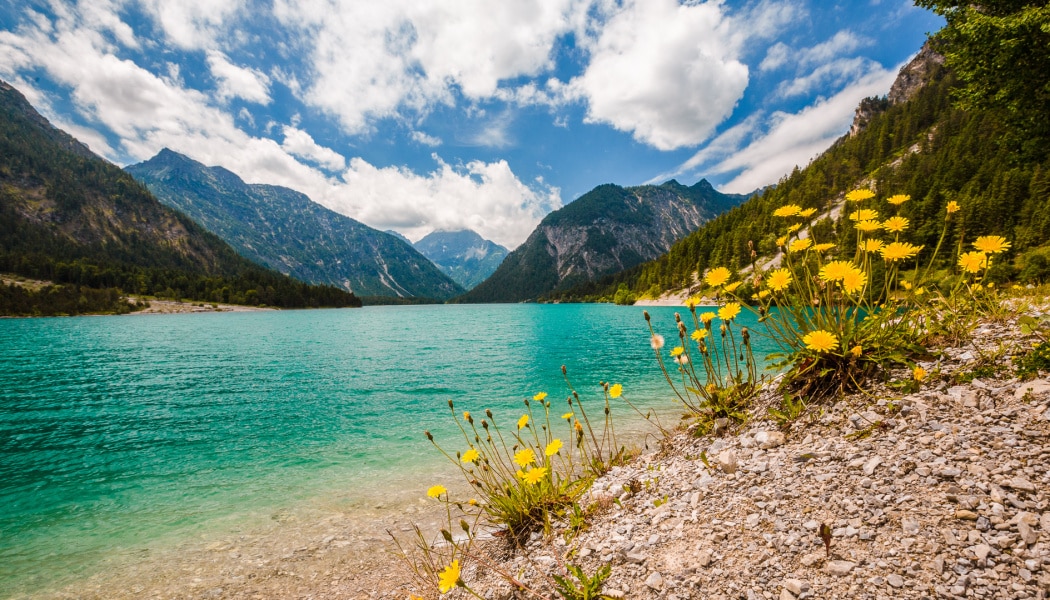C155C Chronicles
Exploring the latest trends and insights.
Chasing Clouds: The Secrets to Dramatic Skies in Landscape Photography
Unlock the secrets to breathtaking skies! Discover tips for capturing dramatic landscapes in your photography. Chase the clouds with us!
Mastering the Art of Light: How to Capture the Perfect Cloud Formation
Capturing the perfect cloud formation is an artistry that relies heavily on mastering the art of light. The golden hour, which occurs shortly after sunrise or before sunset, offers the best conditions for photographing clouds. During this time, the light is soft and warm, highlighting the intricate textures and colors of the clouds. Consider using a polarizing filter to enhance the contrast between the sky and clouds, making them pop in your images. Additionally, experimenting with different angles can result in stunning compositions, as the varying light conditions will reshape the clouds' appearance.
To truly excel in capturing the perfect cloud formation, it's essential to understand the weather patterns that create various cloud types. For instance, cumulus clouds are often the result of rising warm air, while stratus clouds form in stable conditions. Familiarize yourself with these patterns to predict the best opportunities for photography. Taking notes of the time and location can also help you return to capture clouds in ideal conditions. Never forget that patience is a virtue; often, the most breathtaking cloud formations appear during unpredictable moments, so always be ready to click that shutter!

The Best Times to Shoot: Timing and Weather Conditions for Dramatic Skies
When it comes to capturing the most dramatic skies, timing is everything. Photographers often refer to the 'golden hour'—the first hour after sunrise and the last hour before sunset—as the ideal time for shooting. This is when the sun's angle creates a warm, soft light that enhances the colors and textures of the landscape. Additionally, cloud formations can dramatically alter the sky’s appearance, making it essential to monitor weather patterns. For instance, days following a storm can produce stunning, dynamic skies filled with clouds, which can create a striking backdrop for your photos.
Another key factor in achieving dramatic skies is understanding different weather conditions. Overcast days can saturate colors, while broken clouds can create unique contrasts as sunlight filters through. It’s also beneficial to be aware of seasonal changes; during fall, for example, the skies often boast vibrant colors due to atmospheric conditions. Consider keeping a weather journal to track how various weather patterns affect your local skies, enabling you to plan ahead for the best shooting opportunities. Remember, capturing the perfect sky requires both patience and flexibility.
What to Look For: Key Elements for Stunning Cloud Photography
When venturing into cloud photography, it’s essential to consider several key elements that can elevate your images to stunning levels. First and foremost, pay attention to the time of day. Early mornings and late afternoons, commonly referred to as the golden hours, provide soft, diffused light that enhances the texture and depth of clouds. Additionally, the weather conditions play a crucial role; overcast days can result in rich, dramatic captures while sunsets filled with varying shades of orange and pink can add a magical touch. Keep an eye out for cloud formations, as scattered clouds create visual interest and dynamic compositions.
Another vital aspect to consider in your cloud photography is the composition of your shot. Utilize the rule of thirds by positioning the horizon line one-third from the top or bottom of the frame, leaving ample space for the clouds to dominate the image. Additionally, framing your subject or leading lines can guide the viewer’s eye towards the clouds, creating a more engaging photo. Lastly, never underestimate the power of post-processing. Enhancing the contrast and saturation can make clouds pop, ensuring your cloud photography captures the beauty of the moment and leaves a lasting impression.